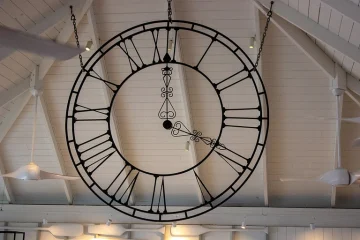Sommaire
This chapter describes “Digital Asset Management” (DAM) in general terms. The concepts shown herewith should help to understand DAM in the context of taking care of a collection of photos.
In the following text, we use “management” or “asset management” instead of “digital asset management” for easier reading and to be more or less specific about what we manage.
Concept: Our asset (an image we care to take) comes in a box (the image file). We cannot see what is inside the image file (the box), but we can look into it with software on our computers.
In the following text, we use “image” and “photo” exchangeably but differentiate between an image and a file.
Asset management should serve to:
* protect the knowledge about the assets we have: all the photos we have taken
* find assets easily and reliably, so that we, or someone else, can find the photos later
* add or (re)move assets in a way that keeps the services (protect&find) intact
Why Should We Manage Our Assets ?
Many of us have a large collection of photos, shot over the years in different locations, photos of landscapes, people, animals, photos that tell stories or that simply help to remember moments we cared about. After a while, finding a certain photo gets more complicated, as the number of photos grows and our ability to remember lessens.
Managing assets is an effort we take today in order to make things easier in a more or less distant future.
If we care about our images, we manage:
* People who work with agencies manage images according to agencies’ requirements
* Professionals manage their images because it provides some business advantage
Levels of Asset Management
There is more than one way to manage files and images.
Any combination can help or hinder what we seek to achieve when we manage our collection of photos.
* radical: delete the files
* nonsensical: just put them somewhere (that’s what produces a mess that is hard to search)
* basic: store files in a well thought out structure of folders or directories
* basic plus: hint at the file’s content (the image) by giving the file a name like “JohnDoeInIllinois”
* comprehensive: use basic management and metadata like “John Doe” and “Illinois”
Let’s look at a few examples of structures for basic asset management. We can devise other structures, but possibilities to build a multidimensional structure in two dimensions are limited.
Hint: It is good practice to create unique names for folders on all levels.
* Structure by date: Year > Month/Week/Day > Occasion
e.g. Photos > 2001 > 2001-10 > 2001-10-Illinois
* Structure by location and date: Location > Year > Location Detail
e.g. Photos > USA > 2001 > 2001-10-Illinois
* Structure by customer: Customer > Job-ID > Details
e.g. Photos > NatGeo > NG2358 > 2021-Illinois-Great Lakes
Asset Management System and Functions
Comprehensive asset management requires a foundation. Let’s call it the asset management system. It is embedded in applications that focus on asset management (e.g. PhotoMechanic) or do other things too, like Lightroom, Capture One, PhotoLab and others.
Apart from being able to maintain itself in a healthy condition, the asset management system must also be able to do a few things for its users:
* Add assets – files and metadata
* Maintain assets – change metadata entries, find files and images…
* Remove assets – files and metadata
Takeaway
Digital asset management helps to preserve the value of a collection of photos. Use asset management to make your knowledge of your photos available to other people and applications.
TuToDxO.com – All rights reserved – tous droits réservés.


